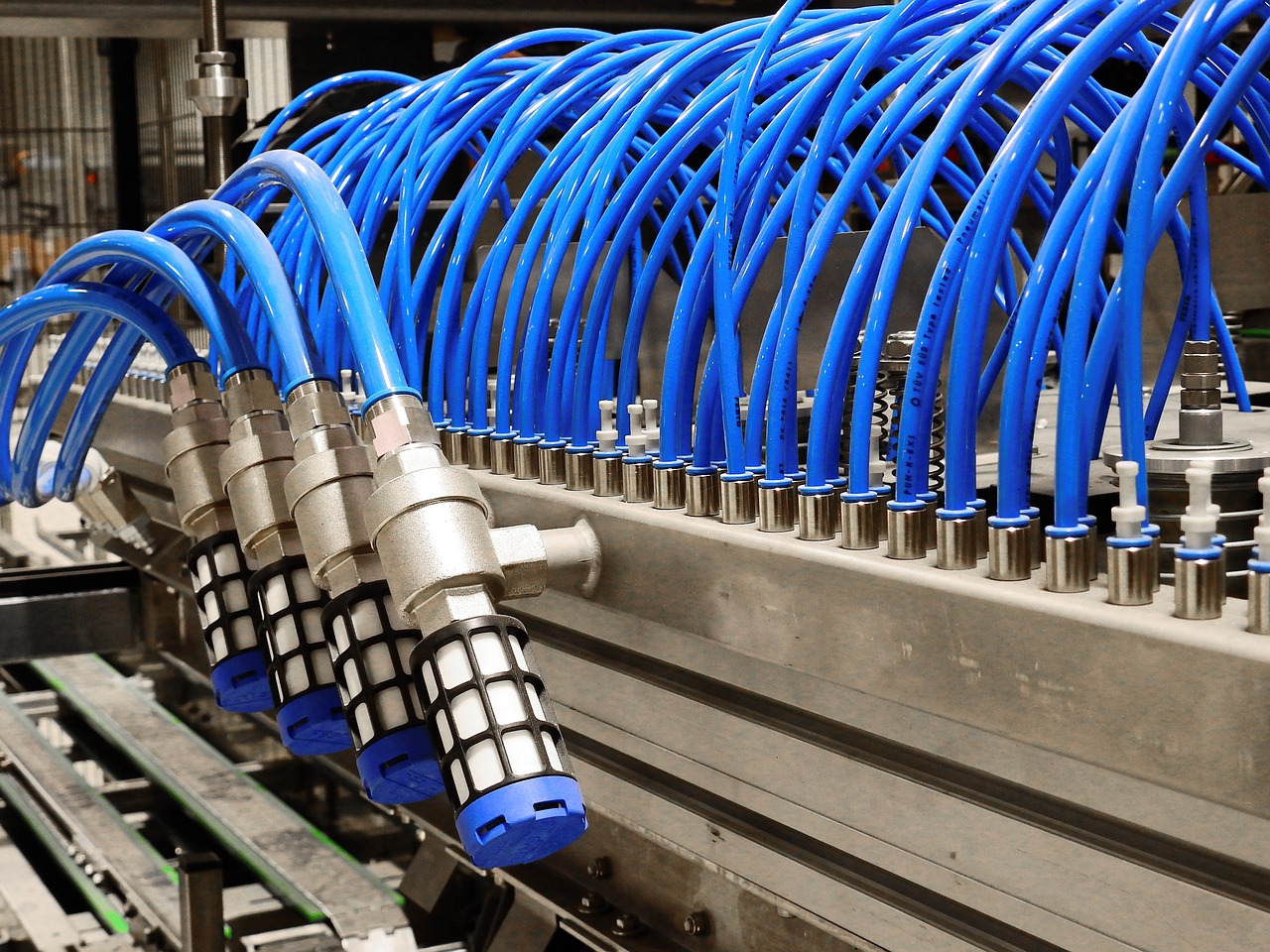In engineering, fluids (whether liquids/hydraulic, or gases/pneumatic) play a significant role in the design and construction of systems and machines. The study of fluids enables engineering applications in a variety of designs and structures, ranging from medical equipment to irrigation systems. Hydraulics and pneumatics focus on the mechanical qualities of liquids and gases respectively. How to decide the type of system most suited to your application at the design stage?
Hydraulic Systems
Hydraulic systems deal with the creation and transfer of power using pressurised liquids. Liquids are placed under load in a closed system – such as a hydraulic cylinder or pump – and used in the transmission of mechanical energy from the energy generating component to the energy-consuming part. A low compressibility fluid is used for the operational liquid, often an oil, or oil-based compound. Due to the incompressibility of liquids, hydraulic-based machinery can operate with very high loads and provide more power. A hydraulically based system can operate under all types of pressure from low to high. Therefore, many industrial processes are designed to work on hydraulic systems, such as the equipment used in mines, power generation, oil and gas extraction, and heavy industry.
Hydraulic systems are extremely reliable and precise due to their low compressibility. Compressed liquid reacts even to a tiny change in input power. The energy supplied is not fully absorbed by the liquid but is transferred, leading to increased efficiency.
Due to the larger loads and pressure conditions, the impact on individual components in the hydraulic system is also greater. As a result, hydraulic machinery is usually larger with a more complex design. The operating conditions of high load hydraulic systems wear out moving parts quickly, and maintenance costs tend to be greater. A pump is used to pressurise the working liquid, and the tubes and transmission mechanisms are fully sealed to resist high pressures and any leakage that can damage external components.
Pneumatic Systems
Pneumatic systems use pressurised gases to transfer force, using the same scientific principles as hydraulics – although the applications of pneumatic systems in industry differ. Gases are good mediums to transfer power in mechanical systems, although their high compressibility compared to liquids limits their maximum load and operating pressures. A variety of inert gases serve as the working fluid, and maximum pressures in pneumatic systems are around ~ 100 kPa.
The precision with which a pneumatic system operates is sometimes lower than a hydraulic equivalent, although the machinery has a longer life and maintenance costs are comparatively inexpensive. Due to the compressibility of gases, a pneumatic system absorbs a lot of force before it transmits, and it is not as efficient as a hydraulic system over sustained pressures, but can be configured to exert high ‘explosive’ force in short bursts.
Pneumatic systems are also less prone to damage, because when there is a sudden alteration in input power, the gases are able to absorb the extra forces and the system quickly stabilises, thus avoiding damage. This means that overload protection is built-in, and the systems are more secure. Any leak in the system leaves no trace and gases are released into the atmosphere, which is fine, so long as the gases used are inert and non-toxic.
Find Out More
At Hydrastar we specialise in bespoke hydraulic and pneumatic systems for a range of industrial and commercial applications. To discuss your options with one of our experienced design engineers, and to see what type of system best meets your performance criteria, please give us a call today.
 Image source: Pixabay
Image source: Pixabay


